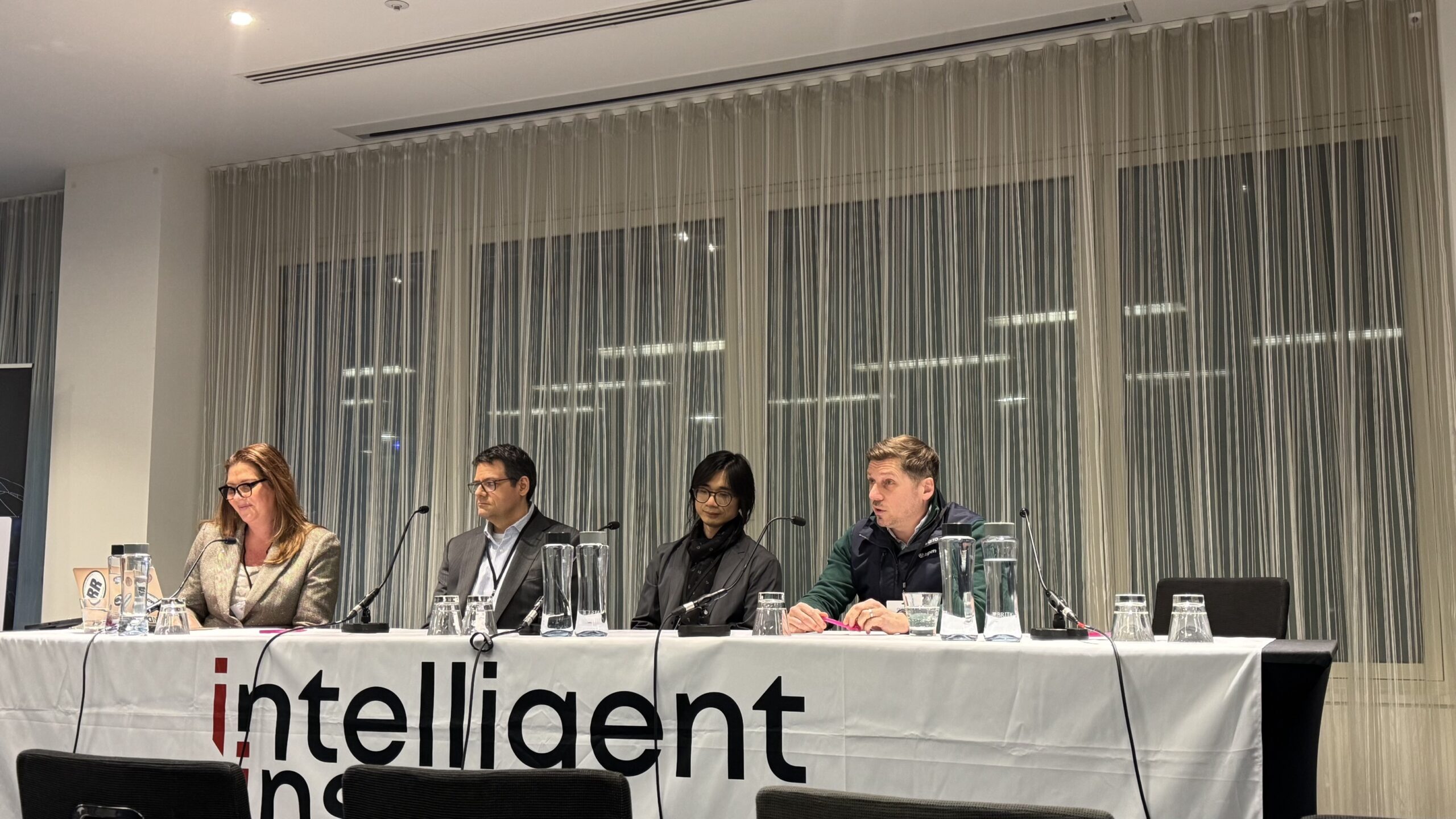
John Welch: Challenges and Opportunity Ahead for 2026
John Welch, Aspen Group Chief Underwriting Officer, shared his views on the outlook for the 1/1 renewal season during the recent Baden-Baden Reinsurance Meeting. How...

Lee Elliston, Chief Operating Officer for Claims, recently spoke at the Intelligent Insurer Conference on how to harness GenAI to streamline claims processing. The panelists discussed best practices, challenges, and future trends in integrating GenAI into the claim’s lifecycle. Read some outtakes from Lee below:
Ensuring that GenAI extracts accurate and reliable information from complex, unstructured claims documents requires a strong foundation in data governance. Implementing robust standards, controls, and processes is critical to maintain quality control and to establish mapping that turns unstructured data into structured data that is available near real-time. At Aspen, we have established data governance, controls, and are focused on evolving our data models, enabling remediation of data and the redefining of data structure and standards. This targeted approach allows insurers to extract only the most relevant information, converting it into structured data that is easier to analyze and utilize in the claims process.
Legacy systems often pose significant barriers to integrating GenAI seamlessly. To modernize infrastructure or work around these limitations, insurers can:
GenAI offers numerous data processing and data insight opportunities throughout the claim’s lifecycle. Key areas for AI-driven efficiency gains include:
Overall, the integration of AI into (re)insurers’ claims processes present numerous opportunities to enhance efficiency, as well as the potential to upskill and empower employees to focus on product and customer focused engagement, portfolio management, and loss prevention.
It is essential to maintain accountability and transparency in our methods to ensure fairness and accuracy, rushing to fully automated processing in all cases is not viable or equitable, and the approach to the implementation of AI tooling needs to be informed by viable use cases, which assess the impact on regulation, customers, and the workforce.
There also needs to be consideration of the dependency on controls and processes that are required to stabilize and scale your use of AI as the industry progressively incorporates AI and data analytics into claims practices. Those who adopt these technologies ethically and efficiently, whilst managing data governance and unstructured data points, will significantly improve operational productivity but doing so in a robust and realistic way, starting small (in scope) and delivering big (in benefits) is the way to harness the power of AI.
At Aspen, we are progressing with small concepts and low code platforms whilst refining data standards by lines of business, to develop and embed the Intelligent Assistant in the claims process, via our Aspen Data Lab and an approved change project in support of Reinsurance optimization.
Overall, the integration of AI into (re)insurers' claims processes present numerous opportunities to enhance efficiency, as well as the potential to upskill and empower employees to focus on product and customer focused engagement, portfolio management, and loss prevention.